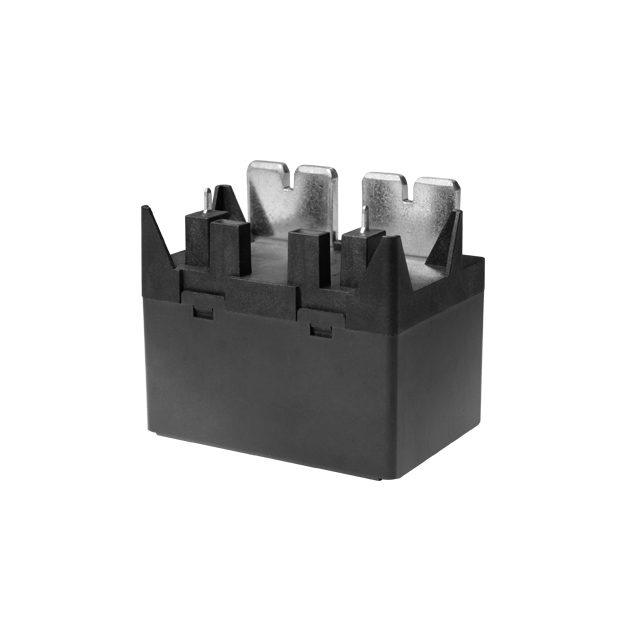Relays are essential components in electrical and automation systems, acting as switches to control circuits and manage various electrical functions. However, relays are not just simple on/off switches; they also play a critical role in ensuring the safety, reliability, and protection of electrical systems. This article will explore the various safety features of relays, highlighting their importance in preventing electrical failures, damage, and potential hazards.

1. Overload Protection One of the primary safety features of a relay is its ability to provide overload protection. Electrical systems are designed to operate within certain limits, and when the current exceeds these limits, the system can suffer from overheating, equipment damage, or even fires. Relays with overload protection are designed to automatically disconnect the circuit when they detect excessive current. This helps protect sensitive components from damage and ensures that the system remains within safe operating conditions. The overload protection feature is especially crucial in industrial applications where high power is involved.